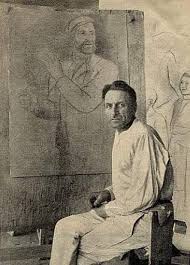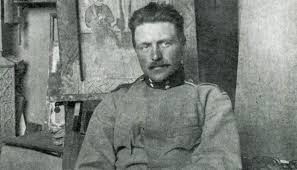He was born on October 30, 1882 in the village of Romanovka, then – Terebovlyan district of the Kingdom of Galicia, now – Ukraine, Ternopil region.
1882 - 1937
Mykhaylo Boychuk
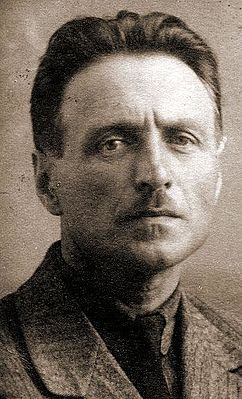
description
A Ukrainian artist, painter and graphic artist.
He was the founder of the monumental art of Ukraine, during the 20th century. He worked in the styles of Expressionism, primitivism and socialist realism. The teacher of the rural school where young Mykhaylo studied, noticing the talent of the guy, wrote about him in the newspaper with the goal of finding a mentor for the beginning artist.
The artist from Lvov, Julian Pankevich, took Mykhaylo under the patronage. He taught him at his workshop, went with him for six months to Vienna to get acquainted with the museums.
He was the leader of a group of like-minded people, called “boychukists” in the history of the fine arts. A member of the Scientific Society named after T. Shevchenko, Association of Revolutionary Art of Ukraine, one of the founders of the Ukrainian Academy of Arts. One of the representatives of the Executed Renaissance of Ukraine.
Key ideas:
– Since the Paris exhibition at the Salon of Independent (1909), where a group of like-minded people presented their works as “Revived Byzantium”, Mykhaylo Boychuk had sought to breathe modern life into the great legacy of the masters of the Middle Ages. Nearly 10 years, he and his comrades restored icons at the Lviv Museum, painted churches in the cities and villages of Ukraine. The most famous is the restoration of the iconostasis in the temple in Lemekhi – a village in Chernigov region, where the mother of hetman Kyrylo Rozumovsky is buried.
– The creative principles of Mykhaylo, Byzantium associated with the traditions of folk art, are historically interpreted in different ways; till now, there has been no consensus on the place of the master’s art school. The artist’s style meets the tasks and methods of Expressionism – to express the emotional state of the author with the help of color solutions and selection of subjects. However, being a follower of primitivism, characteristic of folk art, the master used a planar image, simple silhouettes of figures, often schematically conditional.
– Boychuk, appointed the professor of the Academy of Arts, taught young people from rural areas, not “infected” with either academic education or urban influence. His “reform camp”, aspiring to be in the vanguard of the new “proletarian art”, professed the national culture and ancient traditions. He said, “Art is looking for the ground of the people, who will help it develop. However, when a work “grows up”, it becomes international.” The followers and students of Boychuk’s workshop occupied key positions in Ukrainian art until the 1930s, when the policy of the persecution of “nationalists” began.
– Finding himself in monumentalism, M. Boychuk almost refused to create easel paintings, did not stop working with graphics. Now his graphic works are a large part of what remains of the artist’s destroyed heritage.
– He developed a system of symbols coming to the generalization of forms and at the same time reflecting real subjects, which were decided conditionally, but were rich figuratively. Cutting off the “unnecessary”, the artist managed to get into the very essence.
1882
1900
1907 - 1910
1911 - 1917
1917 - 1924
1925
1930 - 1935
1937
The birth of the artist
Studied at the Krakow Academy of Arts
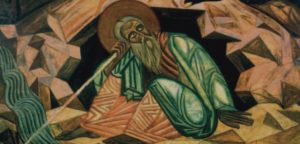
Lived in Paris
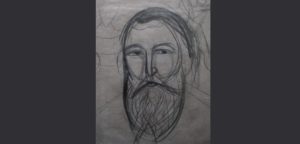
Went to Italy
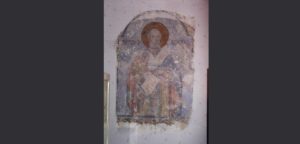
Was appointed a professor of the Ukrainian Academy of Arts in Kyiv
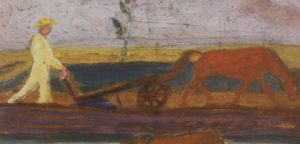
Made paintings in the sanatorium on the Hadzhibey Lim
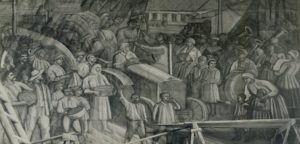
Taught at the Leningrad Institute of Proletarian Art
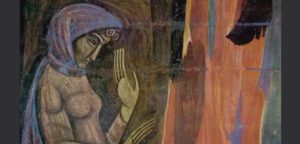
The death of the artist
Mykhaylo Boychuk tragically died on July 13, 1937 in Kiev, Ukraine.
Mykhaylo Boychuk
On Artist
flow
Post-impressionism
Byzantine Art
friends
Diego Rivera
Alexander Murashko
Victor Palmov
Vasily Ermilov
Alexander Bogomazov
Alexander Khvostenko-Khvostov
artists
Paul Serusier
Paul Cezanne
Julian Pankevich
Leon Yan Vychulkovsky
By Artist
flow
Expressionism
Neo-byzantism
friends
Pablo Picasso
Sophia Nalepinskaya-Boychuk
Ivan Padalka
Vasily Sedlyar
artists
Alla Gorskaya
Sedlar Vasily
Oksana Pavlenko
Timofey Boychuk
Nikolay Iosifovich Nikolenko
Manuil Iosifovich Shekhtman

